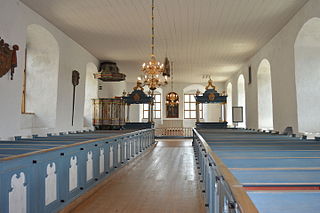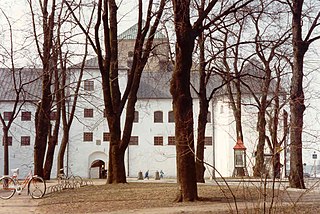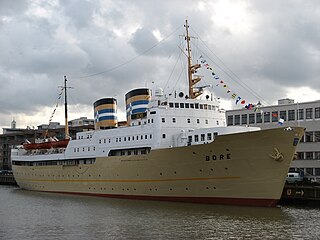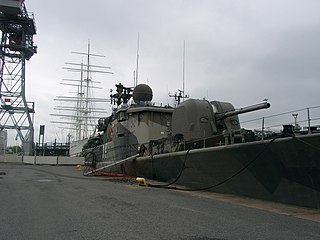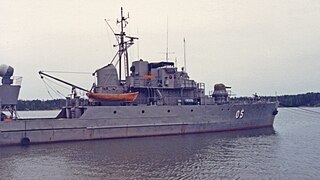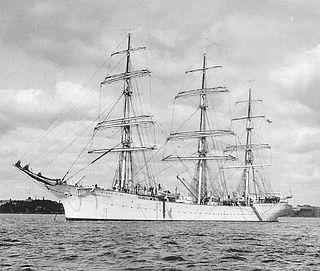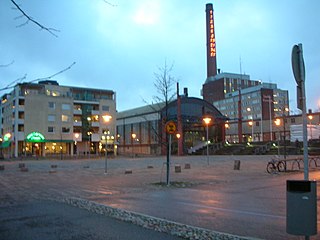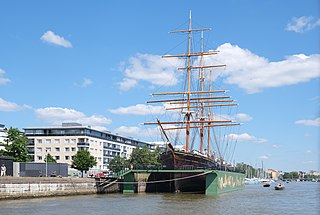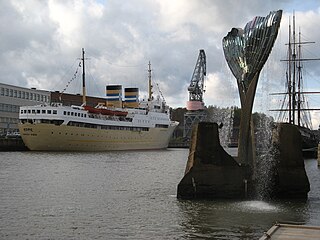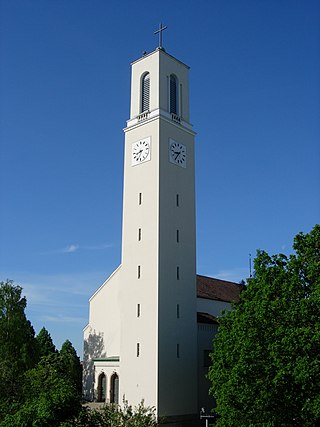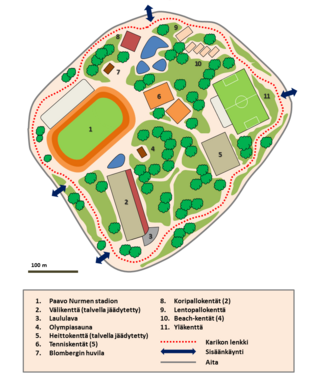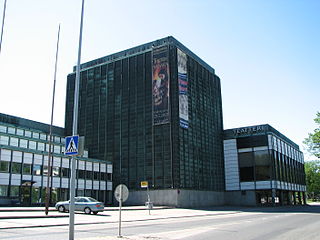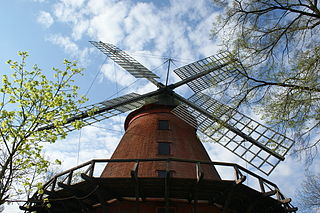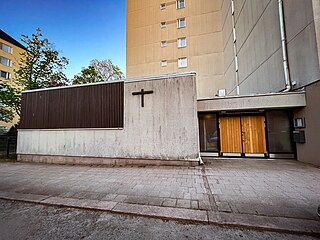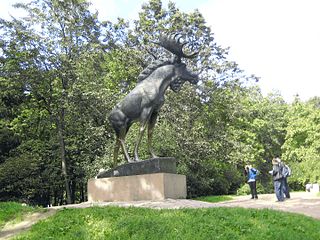Self-guided Sightseeing Tour #7 in Turku, Finland
Legend
Tour Facts
9.7 km
0 m
Experience Turku in Finland in a whole new way with our free self-guided sightseeing tour. This site not only offers you practical information and insider tips, but also a rich variety of activities and sights you shouldn't miss. Whether you love art and culture, want to explore historical sites or simply want to experience the vibrant atmosphere of a lively city - you'll find everything you need for your personal adventure here.
Activities in TurkuIndividual Sights in TurkuSight 1: Turku Castle
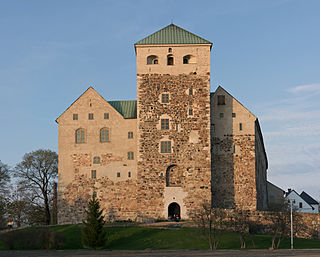
Turku Castle is a medieval structure in the city of Turku, Finland. Together with Turku Cathedral, the castle is one of the oldest buildings still in use in Finland. It is also the largest surviving medieval building in Finland. It was founded in the late 13th century and stands on the banks of the Aura River. The castle served as a bastion and administrative center in the region of Finland until the early 19th century. It played a role in power struggles within Sweden and the Kalmar Union and stood sieges, with additional battles fought outside its walls. The castle was at its peak in the mid-16th century during the reign of Duke John of Finland and Catherine Jagellon. It lost its status as an administrative center in the 17th century, after Per Brahe's period as governor-general of Finland came to an end. Turku Castle is Finland's most visited museum. Visitations reach well over 100,000 people annually. Some of the rooms in the castle are used for municipal functions.
Sight 2: Turun linnan kirkko
Turku Castle Church is a Lutheran church decorated in the banquet hall of the south wing of Turku Castle during the time of John Duke. The church was consecrated in 1706. It is managed by the Turku Museum Centre, which rents it out for church services, concerts and other events. The church has a capacity of 240 people.
Sight 3: Linnanpuisto
Linnanpuisto is a park located in Turku, Finland. The park is named after Turku Castle in its vicinity and covers an area of 2.6 hectares.
Sight 4: Bore
MS Bore is a combination museum and hotel ship docked permanently in Turku, Finland. She was originally built in 1960 by Oskarshamn shipyard, Oskarshamn, Sweden as the car/passenger ferry SS Bore for Steamship Company Bore, Finland, then the last commercial steam ship built in Scandinavia and the first ferry on the route between Finland and Sweden where cars could drive aboard. She was later known as SS Borea, before being rebuilt as a cruise ship in 1988. 1988 to 2010 she was owned by the Finnish shipping company Kristina Cruises and known as MS Kristina Regina until she was retired because she did not comply with new safety regulations.
Sight 5: FNS Karjala
The Turunmaa-class fast gunboats was a type of vessel, previously operated by the Finnish Navy in the anti-submarine warfare (ASW) and trade protection roles. Internationally they were labeled as corvettes.
Sight 6: FNS Keihässalmi
Keihässalmi was a minelayer of the Finnish Navy. She was commissioned in 1957 and remained in service until 1994, after which she was turned into a museum ship in Turku. The vessel was named after the strait of Keihässalmi, which is located in Sipoo. Keihässalmi was the first Finnish minelayer to be constructed after World War II.
Sight 7: Suomen Joutsen
Suomen Joutsen is a steel-hulled full-rigged ship with three square rigged masts. Built in 1902 by Chantiers de Penhoët in St. Nazaire, France, as Laënnec, the ship served two French owners before she was sold to German interest in 1922 and renamed Oldenburg. In 1930, she was acquired by the Government of Finland, refitted to serve as a school ship for the Finnish Navy and given her current name. Suomen Joutsen made eight long international voyages before the Second World War and later served in various support and supply roles during the war. From 1961 on she served as a stationary seamen's school for the Finnish Merchant Navy. In 1991, Suomen Joutsen was donated to the city of Turku and became a museum ship moored next to Forum Marinum.
Sight 8: Symbiosis
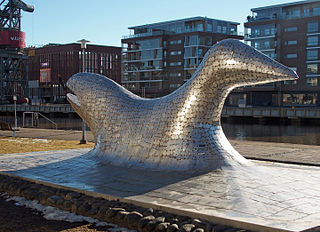
Symbiosis is a sculpture designed by Stefan Lindfors in Turku, Aurajokiranna near Forum Marinum maritime museum and Suomen Joutsen. The sculpture, unveiled in 2014 and placed in its current location in 2015, is part of the campaign to protect the Archipelago Sea: more and more steel plates are constantly being welded to its surface, engraved with the names of donors.
Sight 9: Päivänkakkara
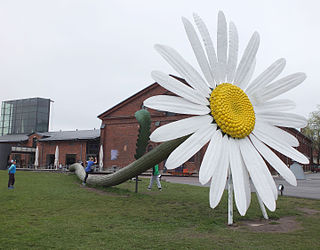
Daisy is a sculpture erected in the courtyard of Forum Marinum in Turku in 2011, depicting with hyper-realistic precision a huge daisy flower and its stems. The sculpture, made by Jani Rättyä and Antti Stöckell, is 25 metres long and made of wood, metal and reinforced plastic.
Sight 10: Fibonacci Sequence 1-55
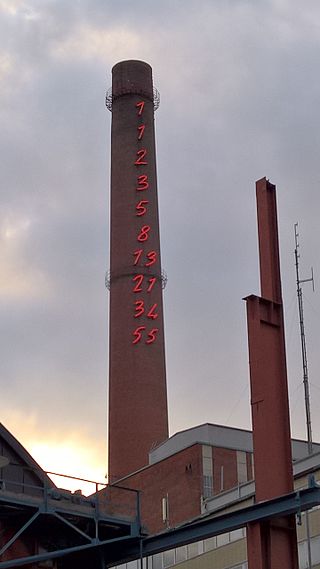
Fibonacci Sequence 1–55 is a light installation by Italian artist Mario Merz hung on the chimney of Turku Energia Oy's power plant, unveiled at Linnankatu 65 in Turku in May 1994. The 35-metre-high work, consisting of neon tubes, consists of the first ten chapters 1, 1, 2, 3, 5, 8, 13, 21, 34 and 55 of the Fibonacci sequence. In the Fibonacci sequence, each number in the series is the sum of the two previous numbers.
Sight 11: Varvintori
Varvintori is one of Turku's squares. It was built in its current form in 1991. The name of the square derives from the Swedish name of Veistämöntori, Varfstorget, from an altered vernacular form.
Sight 12: Pohjoinen
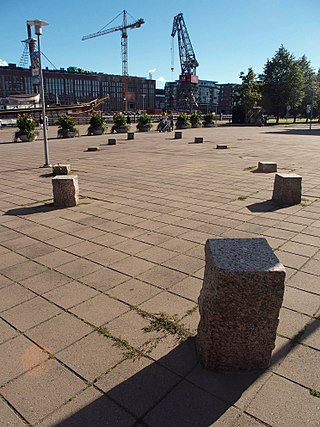
North is an environmental artwork by Israeli artist Micha Ullman, which is part of the Art Project of the Pro Cultura Foundation of the City of Turku. The work consists of 13 granite stones arranged in the shape of the ship's hull. The unveiling took place in 1996 at Varvintori Square in Turku.
Sight 13: Sigyn
Sigyn, built in Gothenburg 1887, now museum ship in Turku, is the last remaining wooden barque used for trade across the oceans. At the time she was built there were thousands of similar vessels, but she was one of the last ones built. She was quite small even for her time, considering she was built for long-distance trade, but well built and considered fast and beautiful.
Sight 14: Harmony
Harmonia (Finnish) or Harmoni is a fountain sculpture by Achim Kühn. It is located in the Aura River in Turku, Finland.
Sight 15: Turku työllä rakennetaan
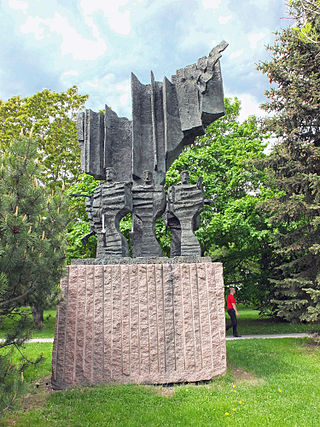
Turku with Work is a bronze sculpture by sculptor Kari Juva unveiled in 1987 in Turku's Barkerinpuisto park at Linnankatu 46.
Sight 16: Mater Marium
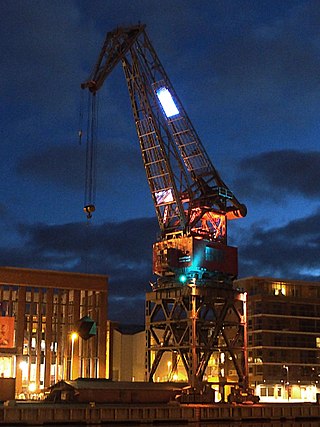
Mater Marium from 2012 is a media artwork by lighting designer and artist Tarja Ervasti at the mouth of the Aura River in Turku. The work pays homage to the long-term history of the shipping industry in the port area and at the same time reminds us of the city's industrial past.
Sight 17: Pearls
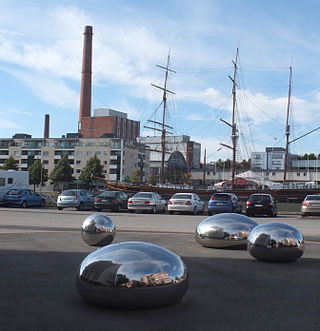
Helmet is Merja Pitkänen's sculpture group at Itäinen Rantakatu 72 in Turku, in front of the so-called White House. Unveiled in 2011, the work consists of four elements in the shape of an enlarged water droplet, whose polished steel surface reflects a wide-angle mirror image of city views in different directions.
Sight 18: Martinkirkko
Martin's Church in Turku, Finland is the main church of Martin's parish, founded in 1921. The church was consecrated on the 450th anniversary of the birth of Martin Luther, on November 12, 1933. The designers of the church were the architects Totti Sora and Gunnar Wahlroos. The church represents architectural functionalism. Martin's church is a long church with three aisles with very narrow side aisles. The church has a functional and singular practicality of its own. The barrel-vaulting of the roof is one of the most outstanding features of the church. The altar, the pulpit, and the roof are notable features of architect Sora's work. On the top of the pulpit, the architect has placed a crown. The same theme is featured as a decoration to the hymn list table. The architects have clearly thought of the church as a royal court chamber and for this reason the basic construction is reminiscent of a basilica. The artist Aarre Aaltonen has made five decorative sculptures for the pulpit.
Sight 19: Urheilupuisto
Turku Sports Park is a sports and recreation area located in the centre of Turku, on the eastern bank of the Aura River. The extensive park area includes several sports facilities, some of which are open all year round. The most significant areas of the park are the Paavo Nurmi Stadium and the upper field, which serves as both a football and American football field. The park also has a disc golf course, outdoor exercise equipment, and several tennis, basketball and volleyball courts. In winter, the park's fields are frozen for ice games. The park is surrounded by the Karikon lenkki fitness track, named after Paavo Karikos, who was Finland's first municipal sports instructor from 1938 to 1969.
Sight 20: Myrsky
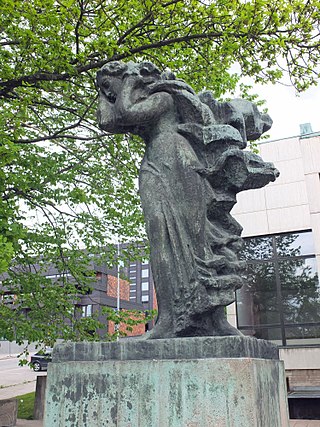
The Storm is a sculpture by Wäinö Aaltonen, which will be placed on the outdoor terrace of his museum in Turku, at Itäinen Rantakatu 38.
Sight 21: Carro Celeste
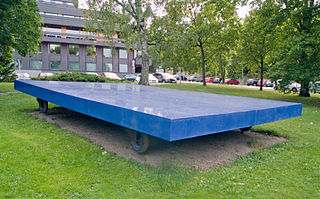
Carro Celeste is an environmental artwork by Italian-born Mariella Bettineschi in Turku. It was unveiled in 1994 on Independence Square between the City Theatre and the Wäinö Aaltonen Museum, but has been moved to make way for the construction site of the new Turku Music Centre.
Sight 22: Turku City Theatre
Turku City Theatre is a theatre in the City of Turku. It was founded in 1946, when "Turun Teatteri" and "Turun Työväen Teatteri" merged. It was the oldest fully municipality owned theatre in Finland, until 2014, when it became a joint-stock company owned by the City of Turku.
Sight 23: Samppalinnanpuisto
Samppalinnanpuisto, also known as Samppalinnanvuori, is one of the parks in Turku. In the park are located e.g. Samppalinna restaurant, outdoor swimming pool and Luostarivuori school. Its plant range includes more than 60 different woody plant species. The name of the place derives from the ancient castle that was located on the site. In Southwest Finland, the word sampa or thrush has meant a boundary marker or pile.
Sight 24: Turun baptistiseurakunta
Turku Baptist Church is a Baptist church founded in Turku in 1887. Its activities were initially in Swedish, but later the congregation became Finnish-speaking. The parish prayer room is located at Vähä-Hämeenkatu 16. In 1996 there were about 150 members and about 200 people in operation. The current number of members is also about 150.
Sight 25: Ahkerat lukutoukat
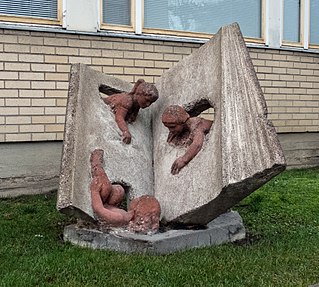
Diligent Reading Caterpillars (1975) is a sculpture by Simo Helenius and one of the few public sculptures depicting children in Turku. The work is located in front of Samppalinna School, and it was commissioned from appropriations reserved for decorating the school at the proposal of the Art Committee.
Sight 26: Kurjet kaivolla
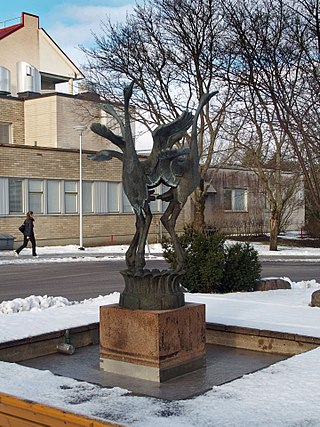
Cranes at the Well is a bronze sculpture by Jussi Mäntynen in front of Turku Municipal Hospital. The city commissioned a bronze sculpture of birds at the Lapinlahti Art Foundry and decided to locate it in front of the Municipal Hospital. The work was originally cast in plaster and as such the artist donated it to the City of Turku. The work was unveiled in 1973.
Sight 27: Temppeli
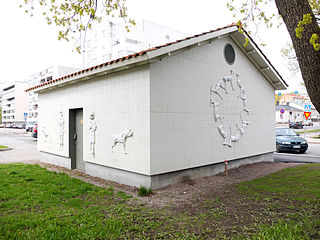
The temple is a sculpture by Kim Simonsson in Turku's Kupittaanpuisto park. It is a multi-part relief on the outer walls of a small transformer substation building. The transformer substation is located on the corner of Uudenmaankatu and Kupittaankatu. The work was unveiled in Turku's Capital of Culture year 2011.
Sight 28: Summan taistelun muistomerkki
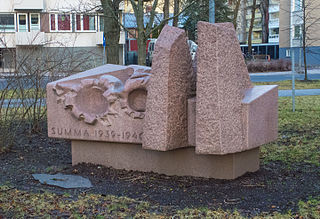
The memorial to the Battle of Summa is a sculpture by Jussi Vikainen in Turku between Kupittaankatu and Itäinen Pitkäkatu in Kupittaankenttä. The work is made of red granite, i.e. stone for which Vikainen's birthplace Vehmaa is famous. The monument was unveiled in 1965 and erected by the Tradition Committee of Southwest Finland Summa to commemorate the battles of the Winter War (1939–40).
Sight 29: Hirvi
Moose is a sculpture by sculptor Jussi Mäntynen from 1923. Its bronze castings were erected in Vyborg in 1928, Lahti in 1955, Turku in 1969 and Helsinki in 1972.
Share
How likely are you to recommend us?
Disclaimer Please be aware of your surroundings and do not enter private property. We are not liable for any damages that occur during the tours.
GPX-Download For navigation apps and GPS devices you can download the tour as a GPX file.
